Amanita is a large and widely distributed genus of mushrooms that contains over 600 species. Within this genus, there are a number of distinct groups of Amanita mushrooms, each with its own unique characteristics and features.
Some of the main groups of Amanita mushrooms include:
Amanita muscaria: Amanita muscaria, also known as the fly agaric, is a distinctive mushroom with a bright red cap covered in white spots. It is one of the most well-known and widely recognized Amanita mushrooms, and is found in a variety of habitats around the world.
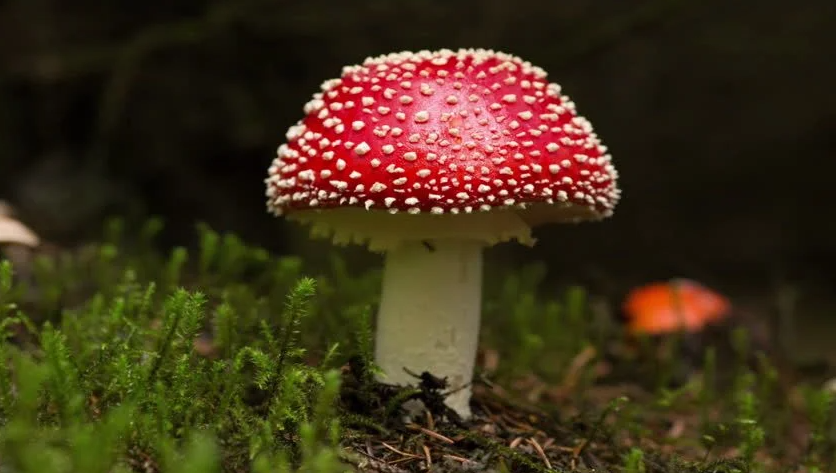
Amanita pantherina: Amanita pantherina, also known as the panther mushroom, is a medium to large mushroom with a brown or gray cap. It is found in a variety of habitats, including forests and grasslands, and is distributed throughout much of the Northern Hemisphere.
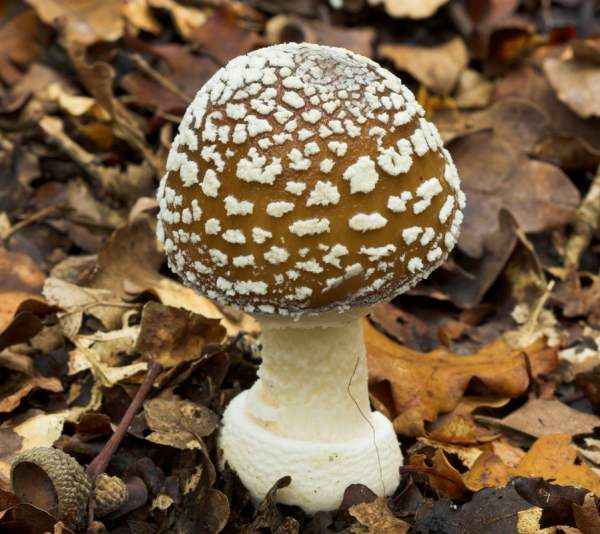
Amanita phalloides: Amanita phalloides, also known as the death cap, is a highly poisonous mushroom that is found in a variety of habitats, including forests, grasslands, and gardens. It is one of the most toxic mushrooms in the world, and can cause severe illness or death if ingested.
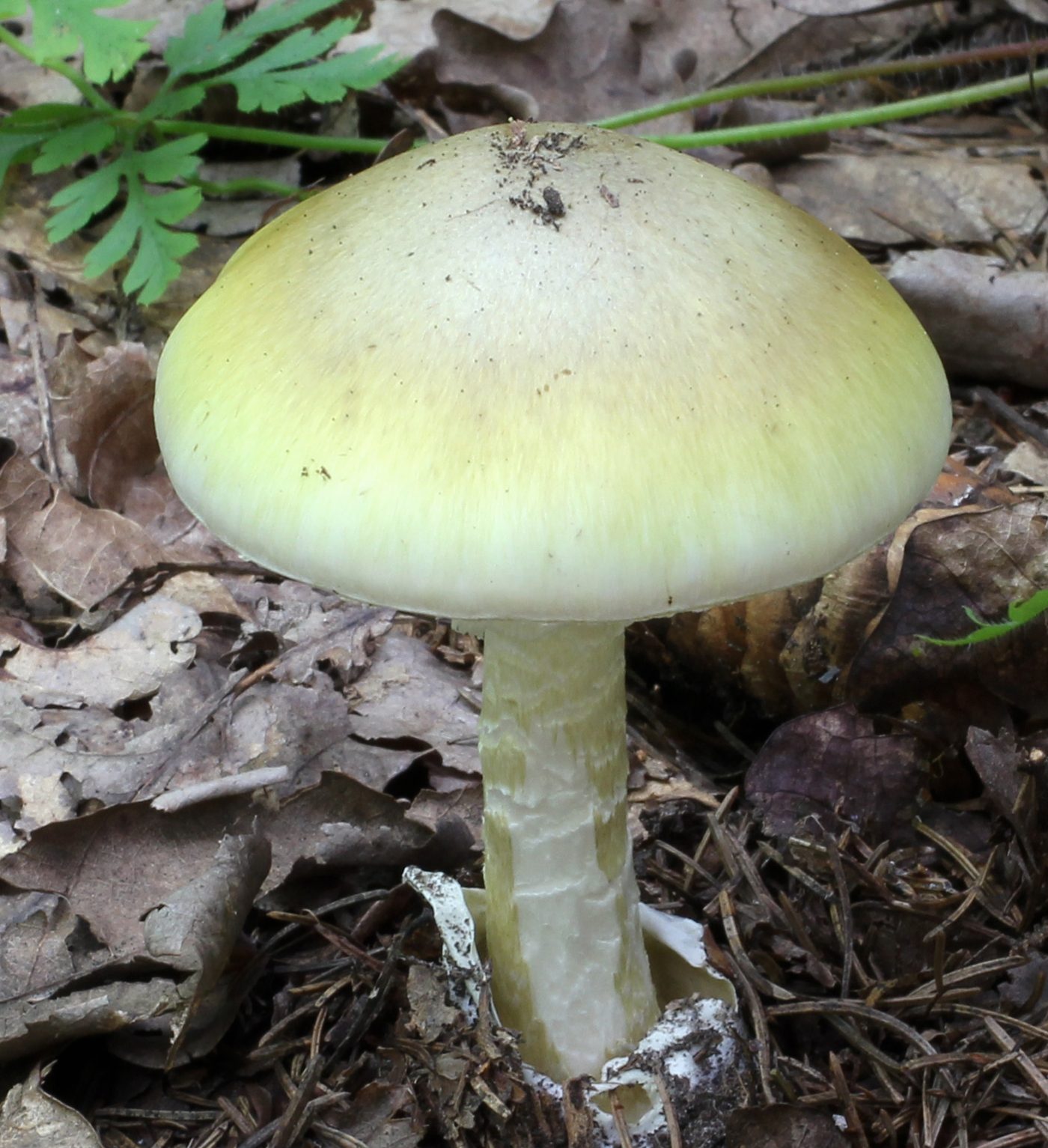
Amanita caesarea: Amanita caesarea, also known as the Caesar’s mushroom, is a medium to large mushroom with a bright orange cap and yellow gills. It is found in a variety of habitats, including wooded areas, and is distributed throughout much of Europe and Asia.
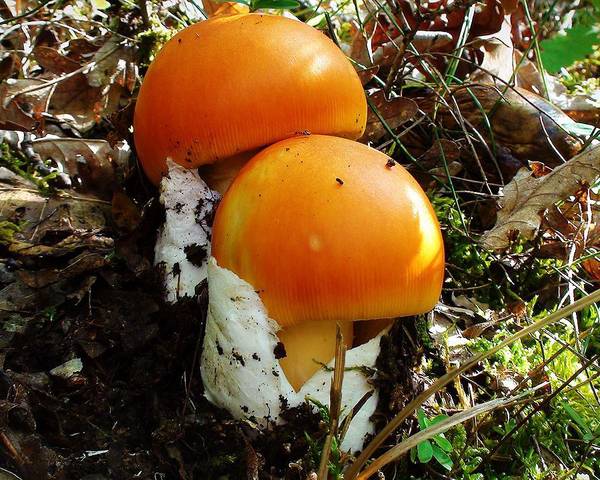
Amanita fulva: Amanita fulva, also known as the tawny grisette, is a medium to large mushroom with a yellow or orange cap and white gills. It is found in a variety of habitats, including wooded areas, and is distributed throughout much of Europe and North America.
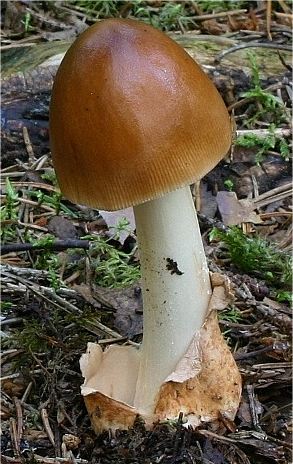
These are just a few examples of the many different groups of Amanita mushrooms that are found around the world. There are many other species of Amanita mushrooms, each with its own unique characteristics and features.
